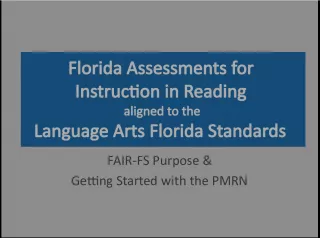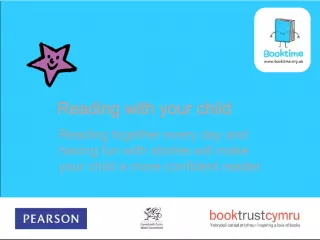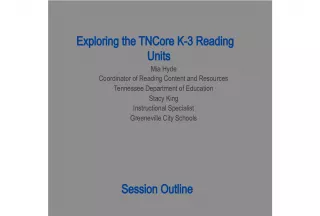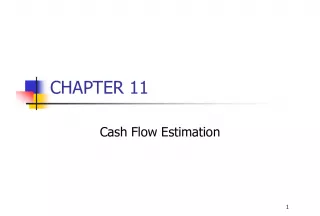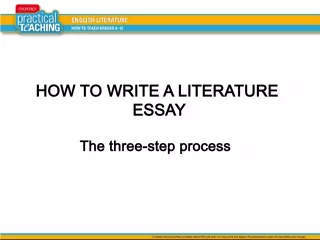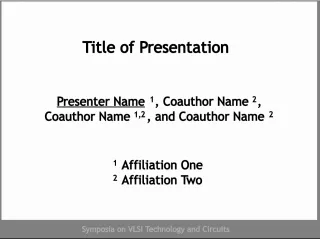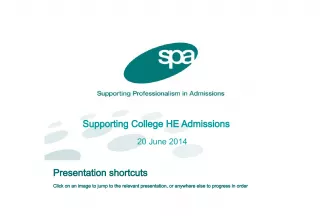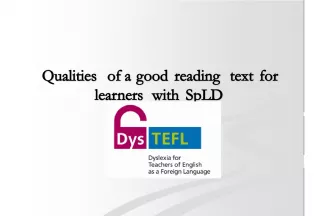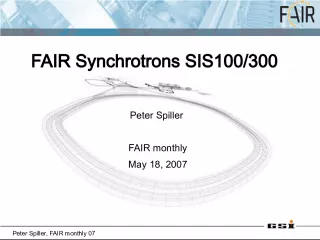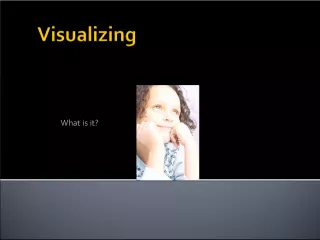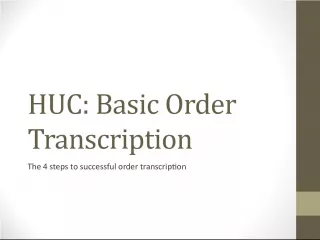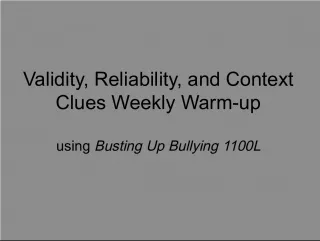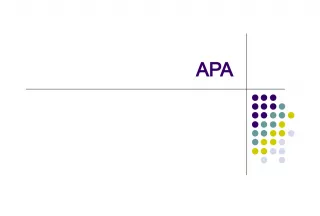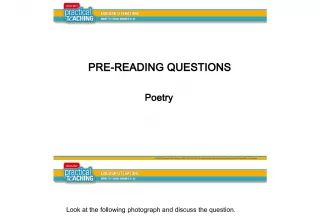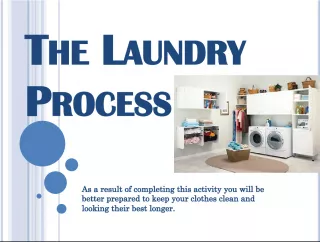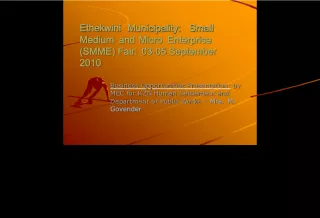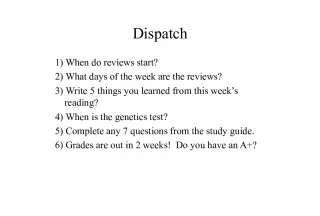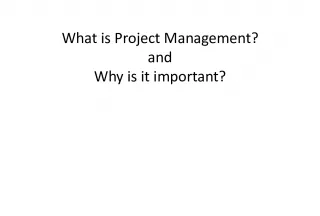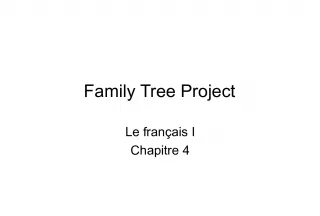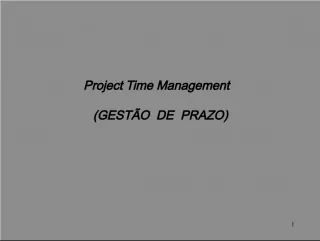Reading Fair Guidelines: Steps to Beginning a Project
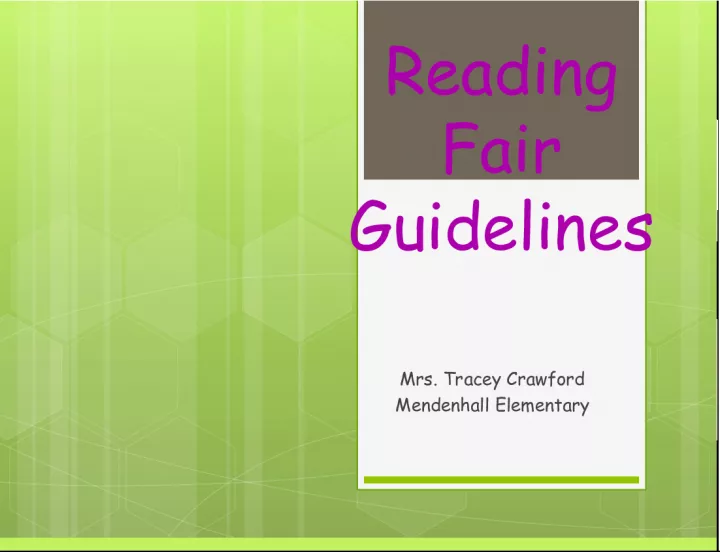

Mrs. Tracey Crawford from Mendenhall Elementary has outlined some guidelines to help students begin their Reading Fair project. For K-4 students, they need to find a fictional book
- Uploaded on | 1 Views
-
 charlietaylor
charlietaylor
About Reading Fair Guidelines: Steps to Beginning a Project
PowerPoint presentation about 'Reading Fair Guidelines: Steps to Beginning a Project'. This presentation describes the topic on Mrs. Tracey Crawford from Mendenhall Elementary has outlined some guidelines to help students begin their Reading Fair project. For K-4 students, they need to find a fictional book. The key topics included in this slideshow are . Download this presentation absolutely free.
Presentation Transcript
Slide1ReadingFair Guidelines Mrs. Tracey Crawford Mendenhall Elementary
Slide2Steps to beginning a project… 1. If you are in K-4, you need to find a fictional book that you really, really like to read. Grades 3 & 4 may choose non-fiction. 2. Choose a book that has several colorful pictures (this makes it easier). 3. Try to find an easy-read . Chapter books may be too much to take on for this project. 4. You may use a book from home, the school library or public library. Just make sure the book is on your reading level.
Slide3I’ve got the fictionalbook, now what do I do? Title Author/Illustrator Setting-time & place Publisher/Publication Date Main Character Summary/Plot Conflict/Problem Solution Author’s Purpose Tone/Mood Fill out the sheet which covers the 10 main points to put on the board. Let your parent/teacher check it for accuracy.
Slide4I’ve got the non-fiction book,now what do I do? Title Author Publisher and publication date Student prediction based on events and facts presents (before and after reading). Structure of text/genre (discussion, report, explanatory, opinion, instructional or relate) Use of graphic organizers to capture the main idea and/or points important to the text Brief summary about the book Student made connections (text-to-self, text-to-text or text-to-world) Author’s Purpose Follow-up questions to the author after reading text Fill out the sheet which covers the 10 main points to put on the board. Let your parent/teacher check it for accuracy.
Slide5Let’s begin… 1. Decide if this is an individual project or family/group project (no more than 3 people). 2. Make sure your information on the reading fair element sheet is correct before you begin. 3. Decide if you want to paint the board, cover it with material or construction paper, or leave it white. 4. Choose a picture that YOU would like to put on the board and YOU draw it (if individual). 5. BE NEAT and don’t overdo the stuff on the board. 6. Arrange the 10 main points on the board and don’t leave any out!! Look at the examples in the library.
Slide6Completing the project board Do not glue anything down onto the board until you have laid it out to best fit the board layout with the pictures and artwork. Use the example sheet that was sent home. Use rubber cement, two-sided taped, or glue sticks for better adhesion. Liquid glue leaves ridges, so use a finger and smear the glue. Have a parent or adult close by for using the hot glue gun, staple gun, or other special tool. Do not cut up a real book to do this project! Do not go off of the board in any way. You may have a display set up in the front of the board. Do not exceed the arms of the board.
Slide7Sample of a fiction projectTitle Author/Illustrator Publisher Publication Date Setting Main Character Summary Tone Conflict Solution Author’s Purpose Don’t forget to put your name, class and grade on the back of your project. Also put what category you are competing.
Slide8Library Websitehttp://teacherweb.com/MS/MendenhallElementary School/MendenhallElementaryLibrary/

